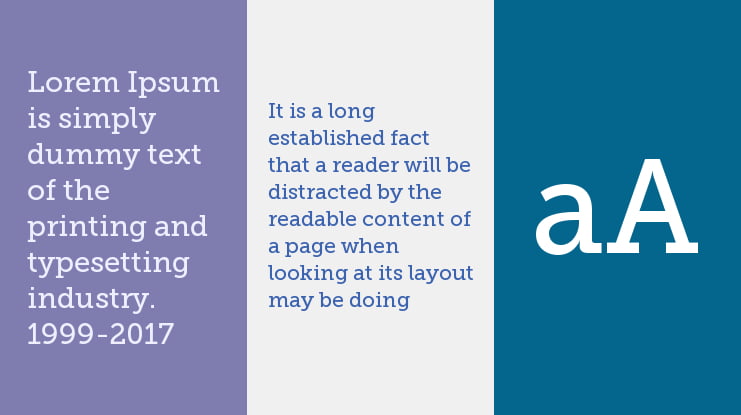
The italic face retains the stacked letter-press type lowercase a of the regular version (unlike many serif fonts, which switch to the handwritten a in the italic face), but converts bottom serifs to smooth curves in some of the lowercase letters (m, n, p, for example), giving a more delicate look. It includes all upper and lowercase letters, numbers, punctuation, special characters, and diacritics.

Also, there was no central branding element. If you are looking for a modern edge, but want to retain legibility and clarity, Museo Slab is a perfect place to start. This is why I chose Museo Slab, a strong yet playful font that I knew was available on Typekit as a webfont. “Don’t know why, but this time I got it all working.” About one year later, after listening to a radio interview with Aaron and Matt from Read Between the Leading, his interest in Museo Slab got fired up again. Of course that escapade had a reason: He couldn’t find the right solutions to all Museo Slab’s design hurdles. So… Buivenga made Museo Sans and while doodling around and fiddling with slab serifs to make Museo Slab, he discovered something nice and used to design Calluna first. Museo Sans was not that difficult because making a sans out of a (semi) serif is - more or less - cutting off the serifs and adjusting weight, width and contrast. The author works at company Jos Buivenga.

The Museo Slab 500 font was designed by Jos Buivenga.
#MUSEO SLAB WEBFONT FREE#
in order to keep bringing you great new free fonts and to keep making improvements to the web font generator. When the semi-serif Museo became a success in 2008, its designer Jos Buivenga researched some possibilities of other versions. Museo Slab 500 is the perfect font for all your fun designs. Museo Slab is robust slab serif with Museo’s friendliness.


 0 kommentar(er)
0 kommentar(er)
